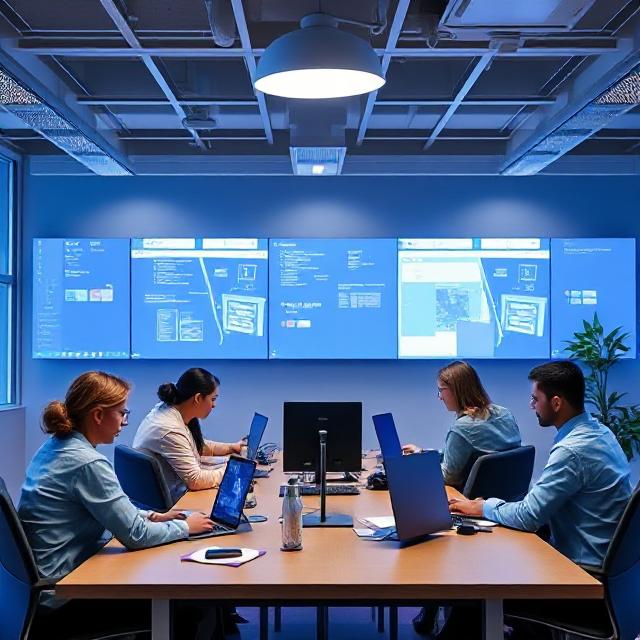The Ultimate Guide to Building Resilient Teams in a Remote Work Era
4/25/20252 min read


Understanding the Remote Work Environment
As the world of work continues to evolve, remote work has become a prominent fixture in our professional landscape. Leading virtual or hybrid teams presents unique challenges that require innovative solutions. In this ultimate guide, we will explore effective strategies for fostering team cohesion, enhancing productivity, and fostering innovation within a remote framework.
Strategies for Fostering Team Cohesion
Building a resilient team starts with establishing strong interpersonal connections among team members. Consider implementing regular team check-ins, which not only facilitate communication but also ensure all voices are heard. Utilizing video conferencing tools can greatly enhance engagement and help to foster a sense of belonging. Team-building activities, specifically tailored for virtual settings, can further strengthen ties by encouraging collaboration and camaraderie, even from a distance. Additionally, fostering an inclusive team culture, where every member feels valued, is crucial in combating feelings of isolation prevalent in remote work environments.
Enhancing Productivity in a Virtual Workspace
Effective remote work consulting emphasizes the importance of clear expectations and measurable outcomes. Leaders should set well-defined goals and deadlines to maintain focus and drive productivity. Implementing project management tools can help streamline tasks and allow team members to track their progress efficiently. Moreover, encouraging flexibility in work hours can cater to individual productivity peaks, ultimately leading to better results. Providing access to the latest digital tools, such as collaborative platforms and cloud storage solutions, can also enhance operational efficiency, paving the way for successful project execution.
Cultivating Innovation Through Virtual Leadership
In a remote setting, the ability to innovate is more critical than ever. A key aspect of virtual leadership is empowering team members to think creatively and share their ideas openly. Hosting brainstorming sessions using collaborative software encourages input from all participants, allowing diverse perspectives to shape innovative solutions. Additionally, creating a safe space for experimentation can lead to groundbreaking initiatives that drive business growth strategy. Regularly celebrating successes, no matter how small, reinforces a positive team culture and motivates members to continue pushing boundaries.
In conclusion, building resilient teams in a remote work era demands intentional leadership, strategic planning, and a commitment to fostering an engaging workplace culture. By embracing the tools and strategies discussed, organizations can successfully navigate the complexities of virtual leadership and cultivate highly effective and innovative teams.
